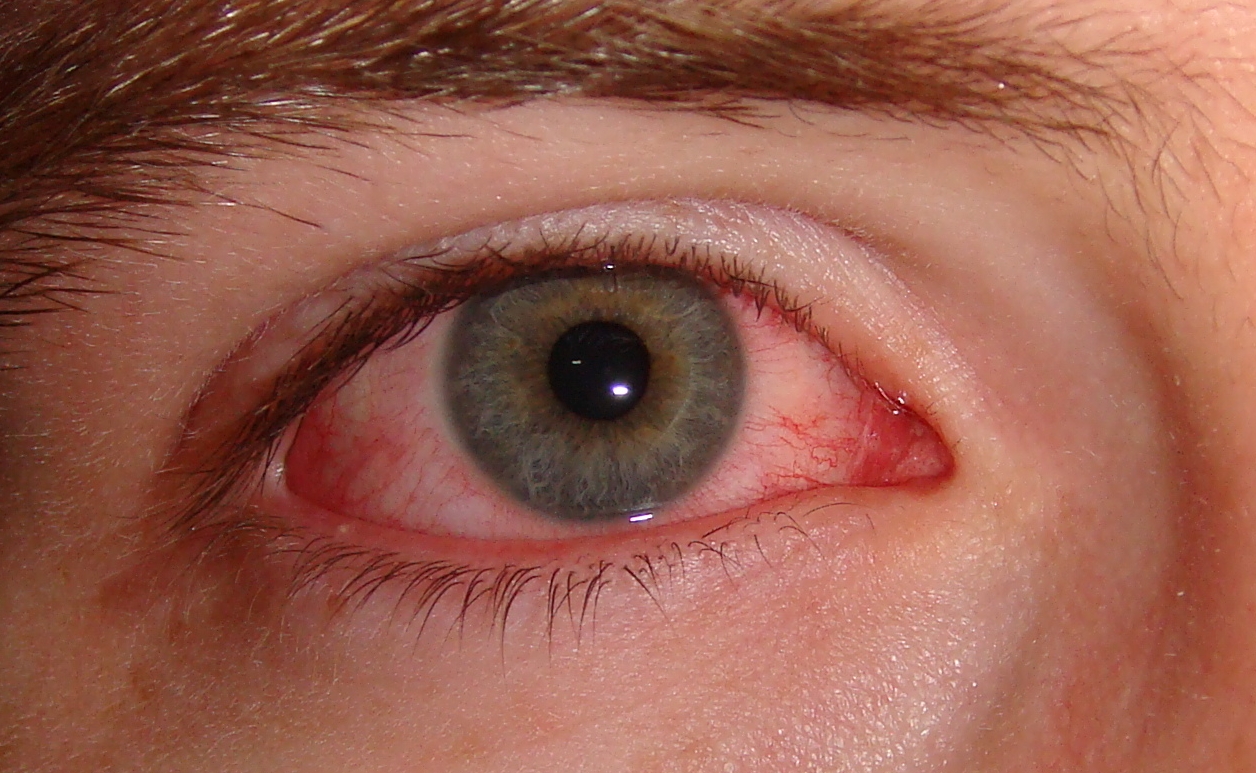This is one of the most common questions parents of my patients ask me in clinic. It’s a word that many of us have heard before, but many people don’t know what it means.
Astigmatism means that the parts of your eyes that focus — the cornea at the very front of the eye and the lens just inside the eye — are not perfectly curved.
In all eyes, images are focused in two dimensions, or axes, onto the retina at the back of our eyes: they are focused vertically and they are focused horizontally. Eyes with astigmatism focus better in one of these directions than in the other. This results in two different “focal points” for the horizontal and vertical directions…which makes your vision blurry.
In the top eye, there is no astigmatism, and the focal points overlap, on the same spot on the retina, so the vision is nice and sharp.
In the bottom eye, which has astigmatism, the vertical and horizontal aspects of the image are focused on different spots, creating a warped/blurry image.
What are symptoms of astigmatism? Astigmatism may cause blurry vision, either far away or up close or both. It may cause eye strain, headaches, glare, haloes, or visual distortion akin to looking in a “fun house mirror.”
Why does astigmatism not ALWAYS cause decreased vision? Because — dirty little secret alert! — almost all of us have some degree of astigmatism. For the majority, this is minor enough that our vision is still normal, and corrective measures (see below!) are not needed.
What are “normal” levels of astigmatism? That depends on your age. Astigmatism, like its cousins myopia (“nearsightedness”) and hyperopia (“farsightedness”) is measured in units called diopters. Infants and toddlers may have up to two diopters of astigmatism and still be considered normal, and not need glasses. However, as children age, the amount of astigmatism they can tolerate without it affecting their vision declines, and glasses may be required for much less astigmatism.
What causes astigmatism? Astigmatism is almost never the result of anything anyone did or didn’t do, although chronic, frequent eye rubbing can make it worse in some cases. Most often, astigmatism is simply a byproduct of the size and shape of your eyes. Also, just because no one else in your family had astigmatism bad enough to need glasses doesn’t mean you won’t!
What can be done to treat astigmatism? Glasses or contact lenses can be worn to allow the eye to compensate for its astigmatism. Also, contrary to popular belief, laser vision correction surgery, like LASIK, is now excellent at treating astigmatism, even when severe.
What are the consequences of not wearing glasses for astigmatism? In childhood, this may cause permanent developmental delay of the visual system, meaning it may keep a child from ever being able to see normally — even WITH glasses! — in the future. This is called amblyopia. In adulthood, it simply means your vision will be blurry. Astigmatism can get worse over time.














